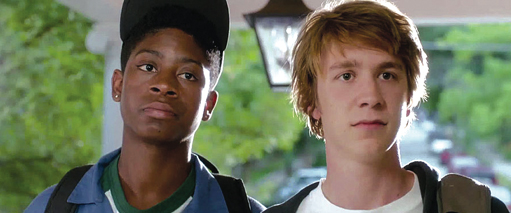Film Review: Me And Earl And The Dying Girl
Teenage Dramedy Avoids Cliché, But Not Sympathy


Latest Article|September 3, 2020|Free
::Making Grown Men Cry Since 1992

